Wood Pellets
WHAT IS WOOD PELLETS?
Wood pellets or pellet fuels (or pellets) are biofuels made from compressed organic matter or biomass. Pellets can be made from any one of five general categories of biomass: industrial waste and co-products, food waste, agricultural residues, energy crops, and virgin lumber. Wood pellets are the most common type of pellet fuel and are generally made from compacted sawdust and related industrial wastes from the milling of lumber, manufacture of wood products and furniture, and construction. Other industrial waste sources include empty fruit bunches, palm kernel shells, coconut shells, and tree tops and branches discarded during logging operations. So-called “black pellets” are made of biomass, refined to resemble hard coal and were developed to be used in existing coal-fired power plants. Pellets are categorized by their heating value, moisture and ash content, and dimensions. They can be used as fuels for power generation, commercial or residential heating, and cooking. Pellets are extremely dense and can be produced with a low moisture content (below 10%) that allows them to be burned with a very high combustion efficiency.
SPECIFICATIONS:
Wood type Material: 100% Pine Wood, Spruce Wood, Beech Wood, Fir Wood, and Birch wood
Quality standard: Wood pellets A1
Color: Light yellow, yellow
Diameter: 6mm and 8mm
Length: 3-40 mm
Moisture: ≤6%
Ash: <0.5%
Heating capacity: 5.1 kWh / kg (4400 kcal / kg or 18.5 MJ / kg)
Volatiles: 80-85%
Sulfur content: ≤0.03%
Bulk density: 650 kg / m³
100% natural environmentally friendly raw materials: pine or hardwood,
pure wood
Quality guaranteed
WHAT IS A WOOD PELLET?
A wood pellet is a piece of ground wood, dehydrated and compressed to twice the energy density of green wood. In addition to the increased density, a pellet has a higher calorific value, less expensive transportation costs, improved storage and logistics and automated handling. In essence, wood pellet fuel becomes a viable substitute for fossil fuels such as oil or natural gas.
Wood Pellets Benefits:
– Pellets are a renewable and sustainable heat and energy fuel, produced from 100 percent wood fiber.
– Pellets are carbon neutral. When burned, they emit the same amount of carbon dioxide as is absorbed when a tree grows in the forest.
– It cost less than fossil fuels. The cost of wood pellets are far more stable than the ever-increasing price of fossil fuels.
– Pellets are available locally.
How do pellets compare?
For heating, one ton of wood pellets equals…
– 120 gallons of heating oil
– 170 gallons of propane
– 16,000 ft3 of natural gas
– 4,775 kWh of electricity
Application of Wood Pellets and Use of Biomass Pellets:
Application of Wood Pellets is extensive worldwide and the use of biomass pellets can be seen in daily life. Wood pellets are actually made from agricultural or forestry wastes such as straw, sawdust, bagasse, peanut shell, sunflower seed shell, saw shavings, grain stalks and straw. Pellet fuel shall be processed via the process of crushing, drying, mixing,pelleting, cooling, screening and packaging. Biomass pellets are used widely as a new green energy fuel, which is mainly used as a substitute for fossil fuel (coal, gasoline and natural gas) and mainly applied to the following industries:
1. Wood Pellets for Industrial Use
Biomass material without the process of being pelletized only possesses low thermal value yet high greenhouse gas emissions such as carbon dioxide and sulfur dioxide which are the killer of ozone. Speaking of industrial use of Biomass material, the scale of use goes quite extensive and the air pollution issue will become more intense. However, the application of wood pellets will solve the problems. Besides, the large-scale use of biomass pellets will enhance the thermal value of biomass waste material during heating and the pollutant emissions will decrease significantly. Therefore, The transformation of energy structure from fossil fuel into biomass pellets use has been developing in full swing. As we can see worldwide that more and more industrial power plants are being converted into CHP models in which biomass pellets will play a big role.
2. Wood Pellets Are Also Popular With Small Furnace For Domestic Heating System And Hot Water Supply.
Application of wood pellets can be commonly seenacross the whole Europe and North America, especially in Northern Europe. Biomass pellets have long been put into use impressively. The two regions have become the forerunners of biomass pellet energy use and more and more small-scale use of pellets are booming since the large-scale pellet power plants have long accounted for a lion share in biomass pellet market. Small furnace with biomass pellet fuel is the best option for domestic heating system and hot water supply. Even catering industry and domestic BBQ would like to take wood pellets as fuel replacement in a renewable manner.
It is reported that the rapid growth in international pellet trade is expected to continue, which would satisfy GHG emissions policies. The major developments of wood pellets which is made by pellet plant have been in North America and Europe, but there would be more new producing and consuming regions that enter the market, so that the current trade quantities and routes of wood pellets would be expanded. The United States appears poised to increase exports further with continued construction of new pellet plants in the Southeast and by turning to wood sources beyond wood waste. However, energy policies especially in the EU and wood pellet production growth in countries with vast forest lands and established forest industries could compete with U.S. wood pellet-export potential.
It is have been specially produced for heating. It is biosecure and burns well in pellet stoves.
• Quality standards of 6 mm or 8 mm Din+ premium pellet
• Pellets have a length of 5-20 mm, diameter 6 mm
• Sulphur contained less than 0,05%
• Energy content approx. 4,8 kWh/per kg
• Ash content less than 0,5%
• Bulk density more than 650 kg/m³
Heating pellets are available in following packaging:
• 65 x 15 kg bags on pallet, in total (975 kg)
• 24 pallets on a semi-trailer
• 40 FT truck = 27 tons
Showing 1–20 of 21 results

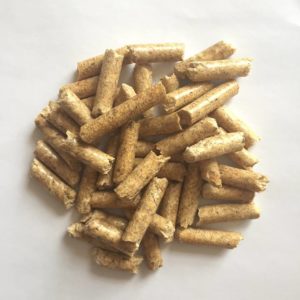


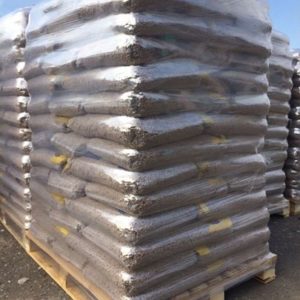
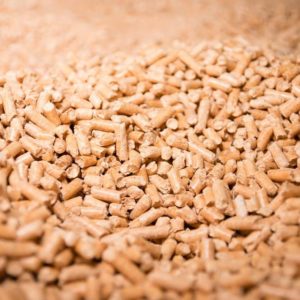

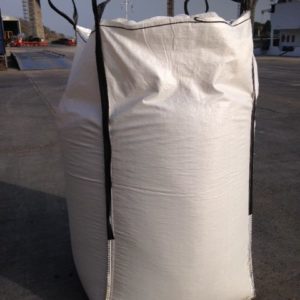
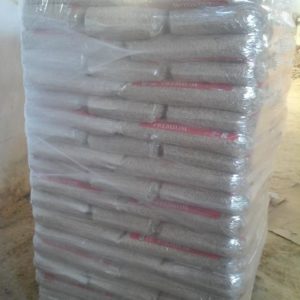
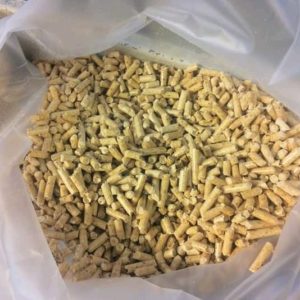
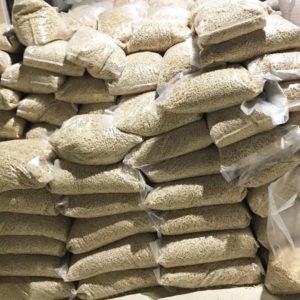
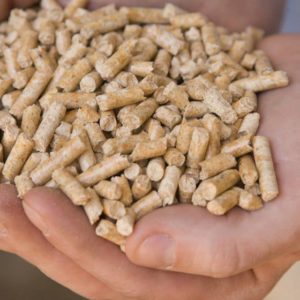
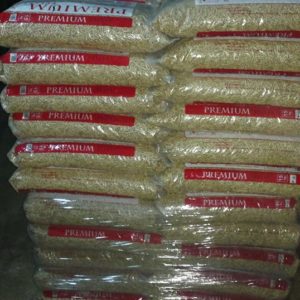
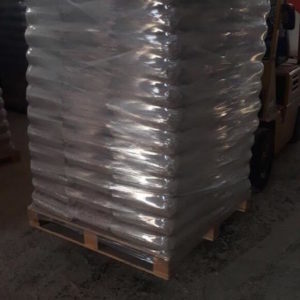

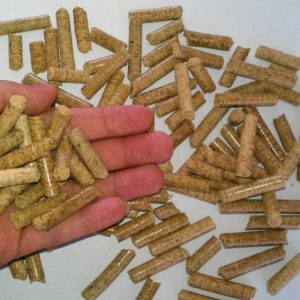
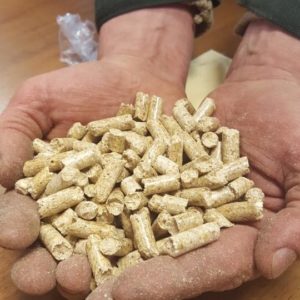
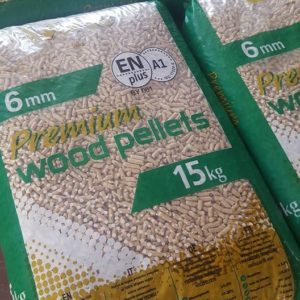

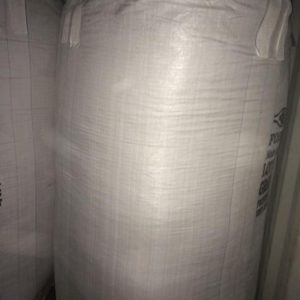
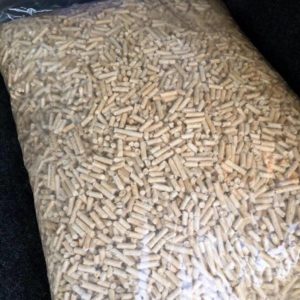
 +380 63 265 7682
+380 63 265 7682 info@europepellets.com
info@europepellets.com